The faces started appearing one by one on the huge video screens as the solemn intro of “Live to Tell” started to play.

Martin Burgoyne.

Christopher Flynn.

Keith Haring.

And Gabriel Trupin.
All people Madonna knew and loved. Who had died of AIDS.
As she sang, the screens started zooming out to show more and more faces of people with AIDS, until it became a sea of faces—not famous people with the disease, just people.
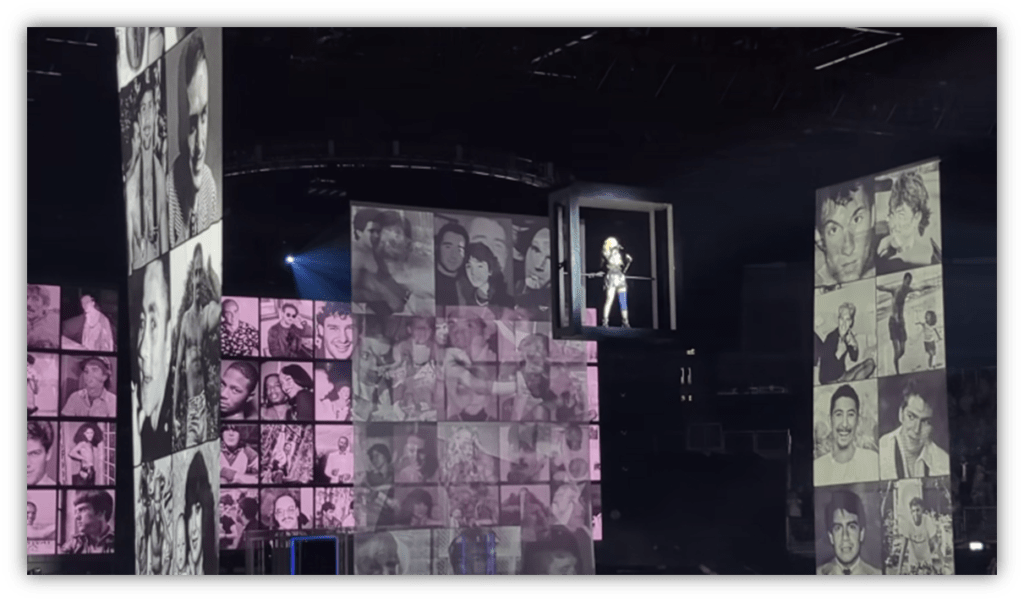
And then those faces faded gently away before a dedication “to all the bright lights” lost to the disease.
Madonna came up in the club scene of New York City in the early 1980s, when the sound of the decade was still forming itself.

She hung around clubs like Danceteria and the Paradise Garage, hoping somebody would play the cassettes of her early songs.
During her recent Celebration Tour, I watched her tear through some of these early hits: “Everybody,” “Burning Up,” and “Into the Groove.”
For “Holiday,” the mood suddenly turned dark.
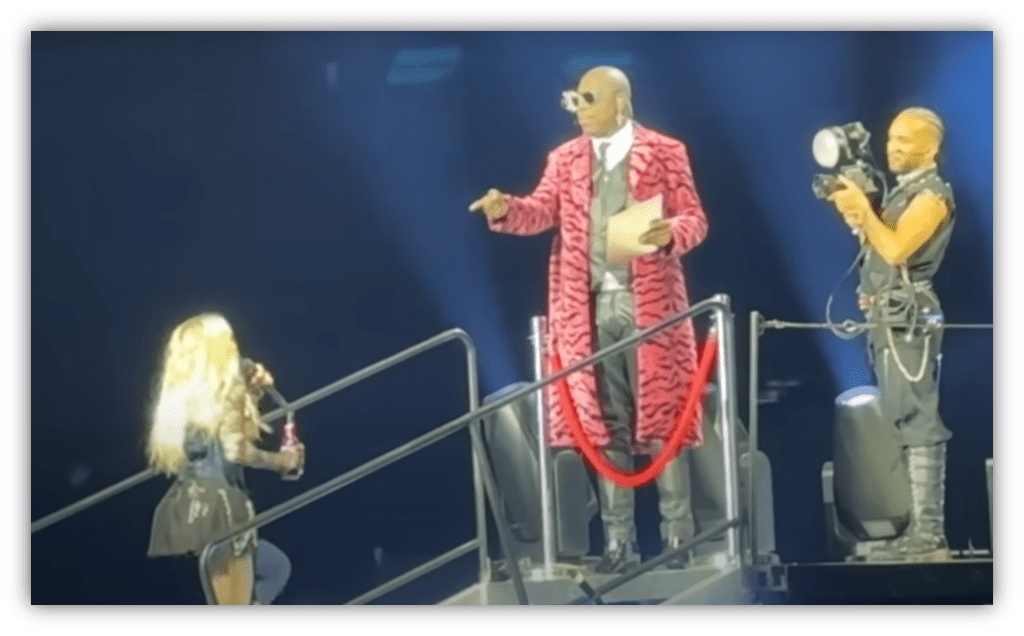
Staged outside a club as a bouncer denied her entry…
…the song ended with one lone dancer left lying on the floor, covered with a jacket.
This must have been what it was like to be part of that club scene in the ‘80s.
People getting sick with a mysterious disease, named by those four infamous letters, and dying.

A good part of a generation… just gone.
Madonna knew her share of people who succumbed to AIDS—friends, mentors and cocreators.
It was powerful and moving to see her segue from performing her club songs, to paying tribute to the people who vanished from the scene she came up in.
Take a look at the lyrics of “Live To Tell.” Words like:
Hope I live to tell
The secret I have learned
Til then it will burn inside of me
And:
Will it grow cold
The secret that I hide?
Will I grow old?
To be able to turn those lyrics around and tell the story of people with a then-fatal disease, who often stayed in the closet in shame and were pariahs after they came out, was extraordinary and deeply human.
I’m a little too young to have lived in the fear those gay men felt in the club scene in the ‘80s.
But I do remember it happening.

All that ignorance, fear, and callousness.
People thought they could get infected from toilet seats. Some funeral homes wouldn’t take bodies with the infection.
People with AIDS often were ostracized from their families, shamed for who they loved and for having the disease that would kill them.

Today with so much more acceptance of our community, and with the health risks of AIDS mitigated by new drugs, the disease and its stigma can seem distant to us.
But we should never forget our forebears and the price they paid in trying to build a better future.
In contrast with the dark queer history in “Live to Tell,” Madonna’s performance of “Vogue” that night was a queer celebration.

The house music classic was a full-on drag/fashion show, with all the dancers parading around the runway, and Madonna as judge, giving 10/10 to everyone.
There were videos showing all manner of LGBTQ celebrations and protests. It was a beautiful nod to the start of voguing in ballroom culture.
Since 1990, there’s been controversy over cultural appropriation in “Vogue.”

And the idea that Madonna ripped off the gay community.
I understand all that. But when that song came out, I had no way of knowing about ballroom culture or any of that.
I was a gay kid on the edge of turning 16 with no self-awareness, waiting in my bedroom for the song to come on the radio so I could mimic Madonna’s poses in the mirror.
I didn’t know what it meant—what moved me to dance like that.
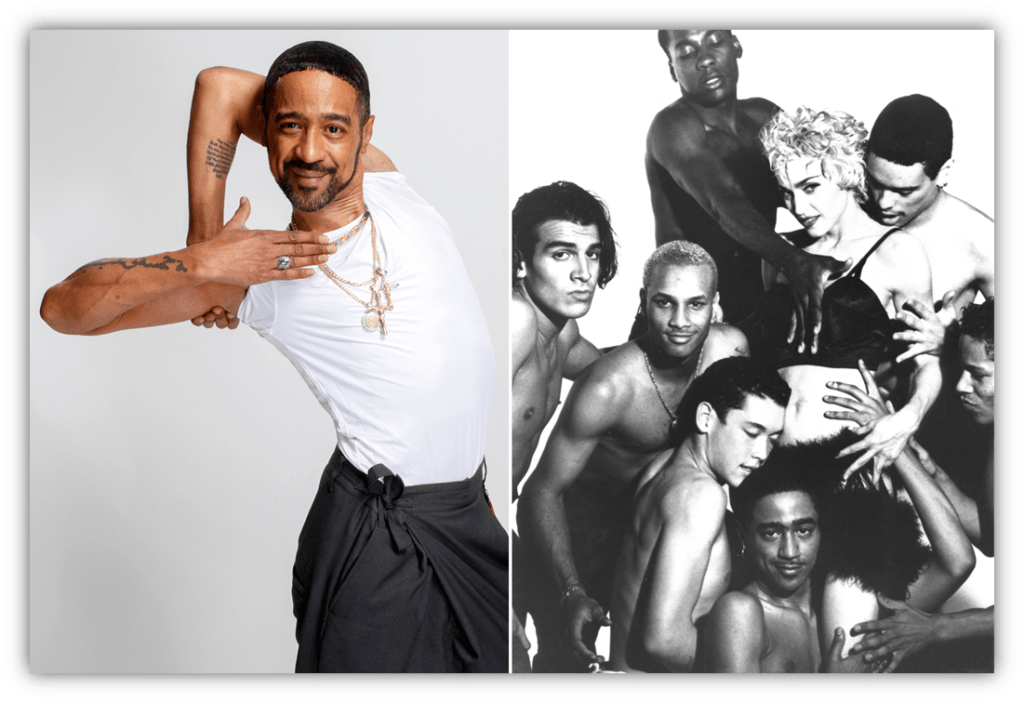
But “Vogue” was like a subliminal signal to me that it wasn’t weird to vogue in the mirror.
And that there was a place for people like me who could (badly) dance and strike a pose. That song was a burst of joy, some strange magic, and I can still feel that decades after I figured myself out.
For a few hours, with thousands of other people dancing around me, it was as if Madonna was telling us:

“Revel in that joy and magic, but spare a thought for the people who fought for it and what that fight cost them.”
Let the author know that you liked their article with a “Green Thumb” Upvote!


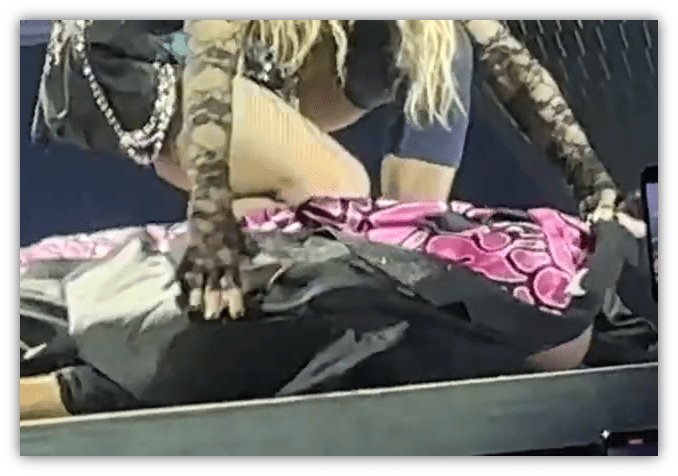
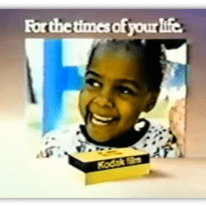

This is amazing and so deeply personal. Thank you for your willingness to share it. I was totally immersed in your story. Having a chance to experience people opening up about themselves and share bits of their lives, often how music and/or a certain artist impacted them, in the comment section at Stereogum has had a profound impact on me in ways that are hard to express. Having this place where people can really expand and give us an even deeper glimpse is something not to be taken for granted. Reading this today is a perfect reminder of that. Totally not being overdramatic when I say is it okay if I cry now, because I think I might cry.
Thank you. You’re very kind.
Back in the day, I never paid much attention to “Live To Tell” because it didn’t grab me musically. (I was into hardcore punk in the 80’s and not much more.) I didn’t even wonder what it was about, assuming it was another love ballad. Thanks to this article, I have a new appreciation for it and its message. I also have a soundtrack for my drive home today. Thanks, bcm468. Good work.
This is when I usually trot out my, “IMO, Madonna is a legendary entertainer, but doesn’t have as much depth as a musician” point of view. I’ve been skewered many times for this take.
Not today. Credit where due: She and Patrick Leonard did the proper work on “Live To Tell,” and especially in context, it holds up.
I remember being flummoxed as to why there was ”too little, too late’ of a reaction in the early days of the AIDS crisis. Simply not accepting a life choice couldn’t be grounds for letting people die. Would we not try to seek a remedy under another less controversial circumstance?
I like to think that we’ve improved. Somedays, I actually believe that we have.
I remember the impact of the AIDS crisis as well. The hysteria was real. The prejudice was real. The judgmentalism was real. And yet, we did finally make progress in treatment, if not cure. Until the last couple of years, I thought we were getting better in the other areas as well. Now, sadly, I’m not so sure.
We’re always getting better.
We’re never good enough.
Thanks for this moving and personal piece. I’ve only just watched the BBC/PBS documentary series; Disco: Soundtrack Of A Revolution. It spent as much time looking at the social aspects as well as the music, covering the AIDS crisis as an important part of this. One of the most telling parts was as it took hold, someone described what happened to the groups of friends that were regulars at a club. One week one of a group would be missing, then the same happened to another group and before long every group was impacted.
Madonna may be a divisive character but kudos to her for continuing to bring light to such a painful episode in recent history and show respect to those affected.
Can you imagine? Your friends don’t show up to the club one night and instead of thinking “Maybe they had other plans,” you think, “Maybe they’re dying”? It’s horrifying.
A moving tribute to Madge’s thoughtful rumination on a dark chapter of recent history. Short and bittersweet.
Other than possibly “Streets of Philadelphia” by Springsteen, I didn’t come across any songs that I registered as about AIDS until I got into punk and industrial music.
There was a time when it was radical to mention this disease with sorrow or righteous anger, rather than cruel sarcasm and disgust. As a kid, I saw plenty of the latter–and I’m a little younger than you are.
So mad props to Madonna for dedicating a song to her friends and helping to humanize those afflicted by the virus. And mad props to you for helping to unpack its significance.
Coil released a single that was considered the first AIDS benefit release in 1985. It included a disturbing cover of “Tainted Love” that was purposefully arranged to sonically reflect the AIDS crisis. My sister played it for me at the time and I never forgot it. Maybe you came across it?
https://www.youtube.com/watch?v=qsRMWvDuHMs
Yes, that’s one of the songs that I was thinking of on the industrial side. Also, Diamanda Galas’ Plague Mass album.
Elton John’s “The Last Song” is even clearer than Bruce’s song in its depiction of AIDS. As much as I love “Streets of Philadelphia” (and I do — it was the top song of 1994 on my charts), it does owe a lot of its cultural resonance to the movie itself, while “The Last Song” stands more on its own.
Really nicely done, bcm. I suspect we’re about the same age (or you might be a little younger than I am). You’re right about what it felt like to be coming out just as the AIDS pandemic crested, and how that awareness hit hard.
>>Since 1990, there’s been controversy over cultural appropriation in “Vogue.” And the idea that Madonna ripped off the gay community.
The sense that I got at the time was that it was not so much anger over Madonna ripping off the gay community per se (as she was always at least a very strong ally) but ripping off the gay black community. As a white man, I need to be careful in assigning too much to this but the commentary I remember at the time was that Madonna took elements from artists of color and brought them to a predominantly white pop audience who weren’t familiar with the source, thus doing for voguing and that subculture what Elvis did the generation before for R&B/blues music he was covering.
A double-edged sword: It’s good for more people to be exposed to the content, but dubious if it’s passed off as 100% original by the mainstream artist.
Yes, definitely a double-edged sword. I didn’t want to get too much into the cultural appropriation, since it’s been detailed by Black gay people who can express it much better than I, but I had wanted to give my limited perspective of what it was like to have my eyes opened in 1990, even if I didn’t know the full origin of the dance steps I was doing, or their implications.
My understanding was that the original meaning of the lyrics for “Live To Tell” were about an abusive relationship between partners.
Is that correct? Or was it always about people living with AIDS?
Also, great article. Very touching.
I think the movie from which “Live to Tell” came, “At Close Range,” probably lent itself more to that meaning you’re describing, Jon. I wouldn’t be too surprised if the second meaning surfaced quickly, especially as Madonna moved away from her Sean Penn phase.
Thanks! I think you’re right about that, and I’ve always interpreted it as about some type of abusive relationship. Madonna has always been coy about the meaning of the song and has at times hinted that it was about “her relationship with her parents and the lying that went on” and also has said it was “true but not necessarily autobiographical.” Dave Marsh thought it was about child abuse. What I really liked about this performance was the way she changed the context to AIDS, and it was chilling to me how well some of the lyrics fit.
I’ve seen this done by other artists and it speaks to a commitment to artistry – i.e., making art relevant to salient topics worthy of thought and investment.
I do not subscribe to the “Madonna is a pop appropriator” narrative. I subscribe to the narrative of being a brilliant artist who knows how to navigate the system to maximize her impact.
I agree that most mentions of cultural appropriations these days tend to flatten and shut down discussions rather than help people understand.
At the same time, if black gay communities felt compelled to criticize Madge for not giving enough due credit with respect to the origins of voguing, that’s a perfectly valid concern for them to voice. After all, she took the time to school listeners on Jean Harlow and James Dean. Why not school them on House LaBeija somewhere too? She’d likely concede as much.